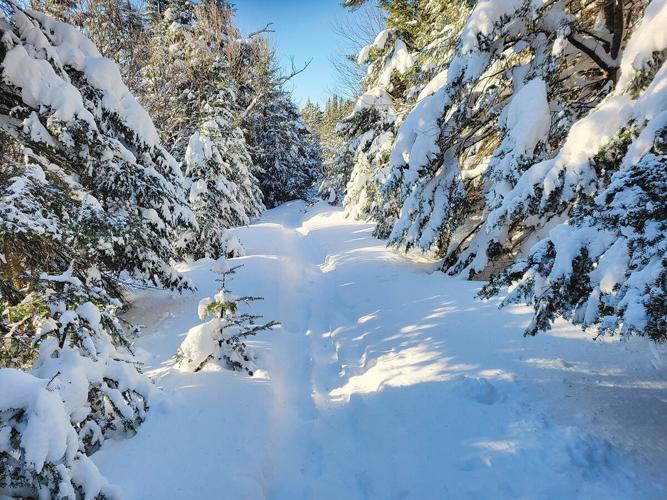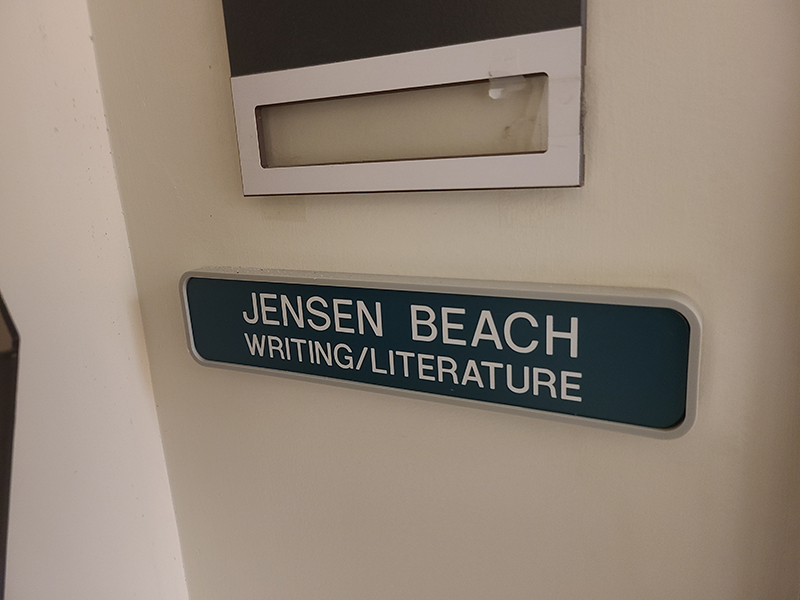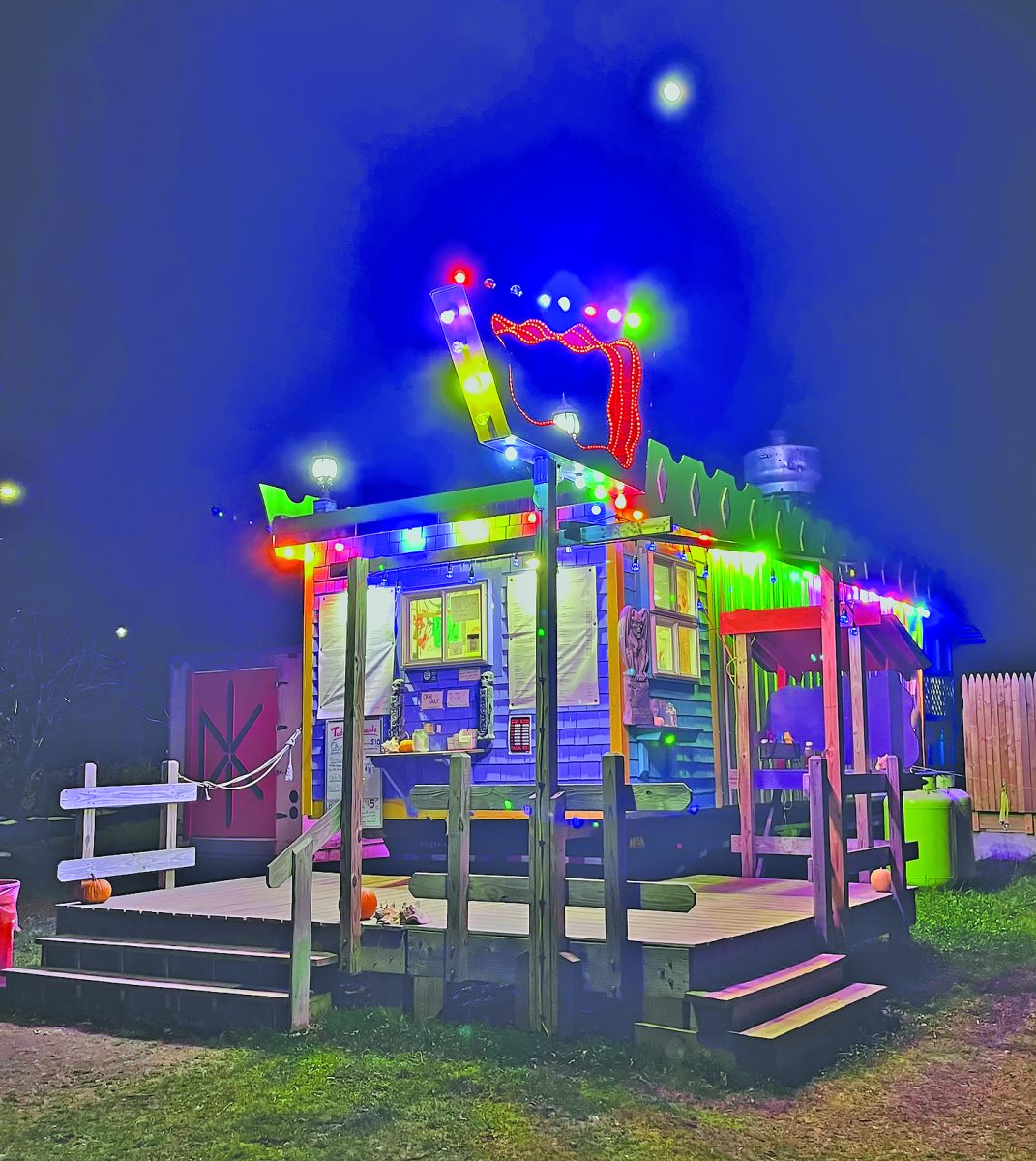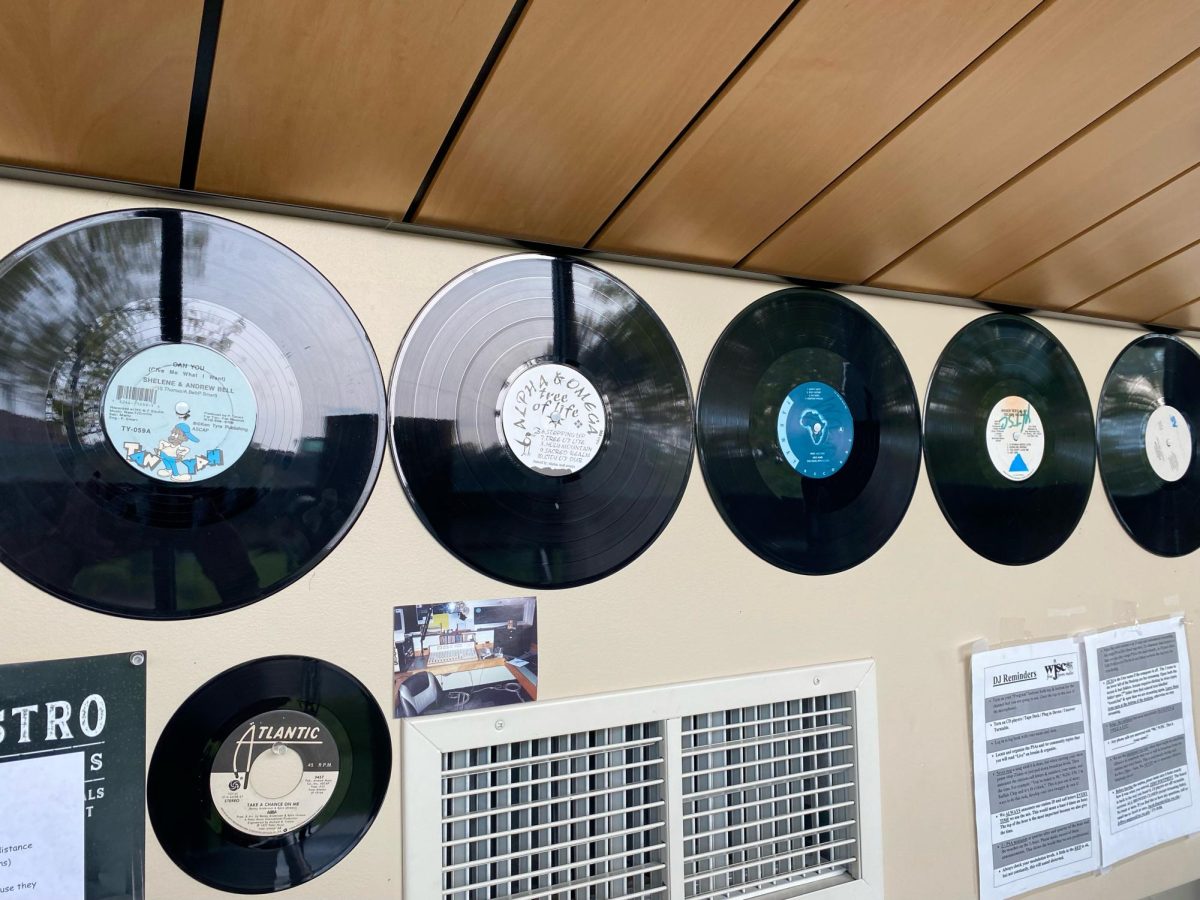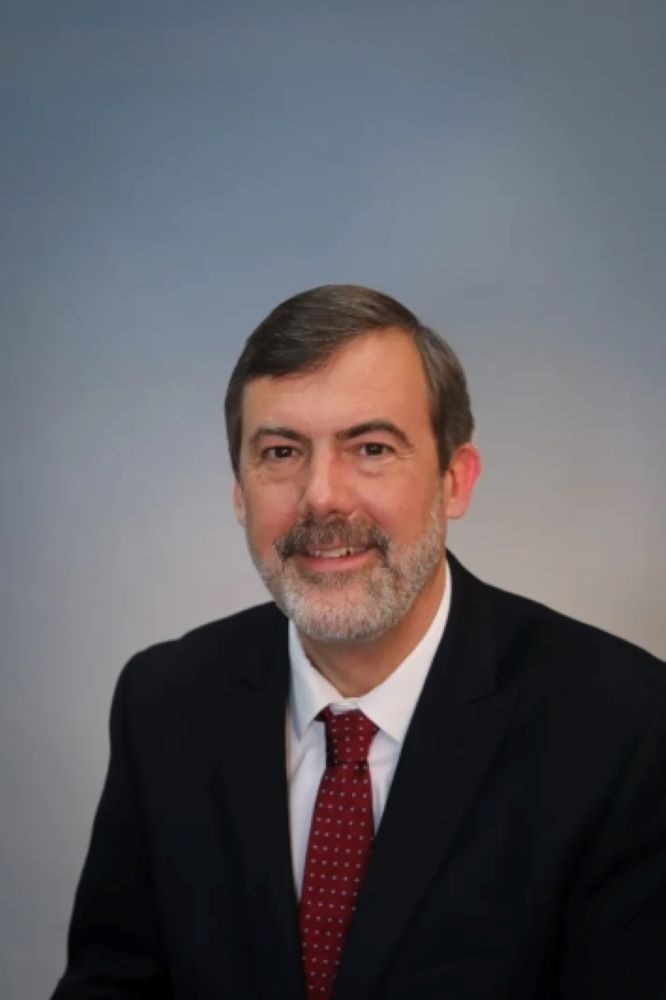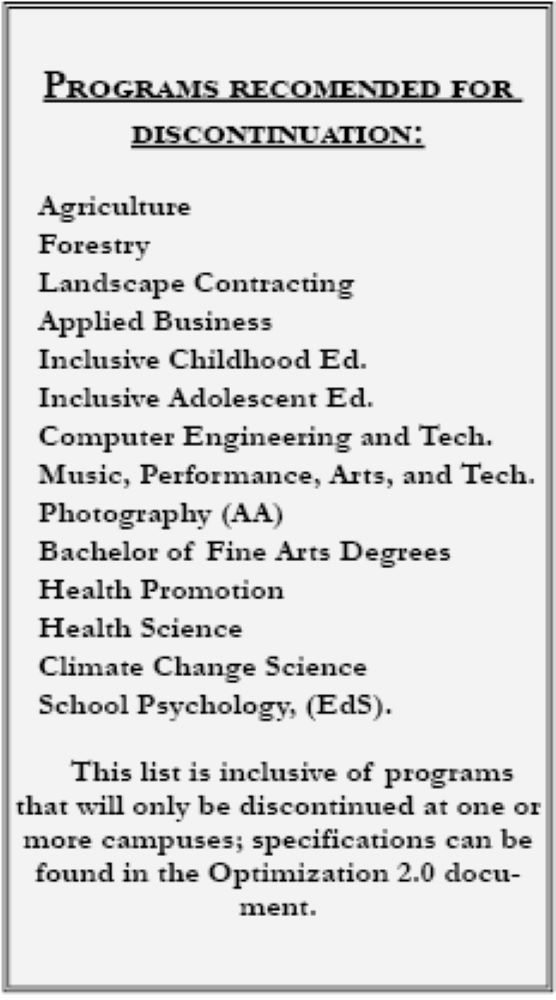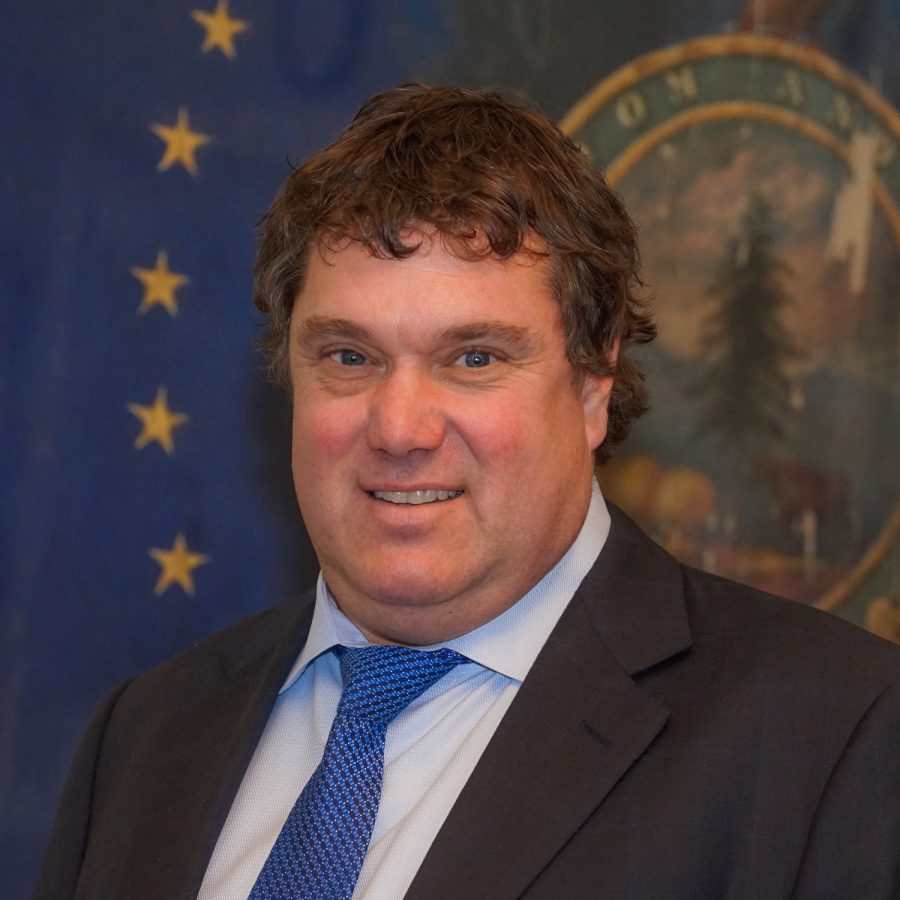After fierce opposition from the Agency of Natural Resources, the gondola-style connector lift that Smugglers’ Notch Resort and Stowe Mountain Resort hoped to develop has been put on indefinite pause.
The resorts have also withdrawn their request for the agency’s support of the project.
The decision to oppose the lift by the Barre District Stewardship Team — a group of employees within the agency that vet projects proposed on public land — was articulated in an internal memo written in August and recently obtained by the News & Citizen.
Vail Resorts-owned Stowe Mountain Resort and privately-owned Smugglers’ Notch Resort had been in discussions with the state since 2017 about a proposal to build a 2,600-foot connector lift, with talks growing more serious since 2021.
The project was revealed through reporting by the News & Citizen in June.
In an August memo on behalf of the stewardship team, forester Brad Greenough carefully laid out all the justifications for its denial of the project. While he acknowledged the work Smugglers’ Notch put into analyzing environmental concerns and proposing mitigation measures, he wrote that it was unlikely the team would ever approve such a project.
“The (district stewardship team) believes the proposed project is located on a portion of state lands that are not compatible with the type of use proposed for the area,” Greenough wrote in the memo’s conclusion. “It is unlikely any strategies to avoid or minimize impacts associated with a project of this nature could result in it being compatible with an area of such high ecological sensitivity and social value.
“The members of the Barre District Stewardship Team have reviewed and discussed this proposal thoroughly and with an open mind over the past two years. It is the unanimous decision of this Team that this project does not move forward. If it does move forward, it will be without the Team’s support and against the strong and unequivocal recommendation of the Barre District Stewardship Team.”
Julie Moore, secretary of the Agency of Natural Resources, had yet to be fully debriefed on the team’s conclusions, but said she was supportive of their denial. She was careful, however, not to say such a connector lift could never be built but acknowledged that meeting the agency’s threshold of acceptability for a project that would pass through such an ecologically sensitive, high-elevation area may be impossible.
“While not saying no, never, I agree with the memo’s assessment, which is that this would be a really significant lift for anyone to pursue this sort of project and may, in the end, be insurmountable,” Moore said.
Bill Stritzler — owner and general manager of Smugglers’ Notch Resort, which has taken the lead on the project while Vail has largely remained a silent partner — was frustrated by the stewardship team’s decision.
Stritzler emphasized that he respected the members of the stewardship team, characterizing them as educated and thoughtful when it comes to environmental matters, but was disappointed that they rejected out of hand the science-based analysis on which the resorts’ mitigation plans for the connector were based, as well as the value of the 164 acres of land the resorts offered in exchange.
“This is the Department of Forests, Parks, and Recreation and we see a lot of the F and P and not a lot of the R in their commentary, but that’s also understandable, because the main focus of the team is on the effect on the surrounding environment,” Stritzler said. “I would say we also thought that our proposal for mitigation was a lot stronger and more valuable than they’re willing to give it credit for.”
Plans withdrawn
Last Friday before Moore made her final decision, Stritzler officially withdrew the two resorts’ request that the agency join them in seeking an Act 250 permit for the connector plan. Because the state partially or outright owns the land, the resorts can’t seek approval to build it without the agency’s cooperation.
While the stewardship team’s opposition to the project seems unwavering, Stritzler is not yet ready to give up on the project. He said his focus will now turn to analyzing the potential economic impact a lift connecting Sterling Mountain and Spruce Peak could potentially have for the Lamoille Valley region and Vermont’s ski industry.
“What we have not done any reasonable amount of work on is to develop a clear understanding of the economic impact that this project might have on our region and potentially on the state,” Stritlzer said. “That’s going to be the focus for the months to come, is developing a clear understanding of the economic impact. We think there is a story on the value of this project to the economy, particularly the regional economy. That may then become the basis for us deciding that we want to try to move forward.”
Earlier deliberations
The immediate reaction following a March presentation of the resorts’ revised plans for a connector lift between their two peaks seemed to already point members of the Barre District Stewardship Team toward rejecting the project.
According to minutes from its March 13 meeting, none of the members felt particularly moved by the results of the environmental impact study conducted by Arrowwood Environmental, or the 164 acres of land offered up by the two resorts: three separate tracts totaling 92 acres from the Stowe side and 72 acres of high-elevation land Smugglers’ Notch was, at that point, still in the process of acquiring from the town of Cambridge in a tax sale.
The team also noted that the Mt. Mansfield Natural Area was designated a national landmark in 1980, and to allow a gondola-style lift there would mean taking the radical step of amending the state’s long-range management plan.
Greenough said that while changes to the project since its inception made it “a little more palatable,” they didn’t change his mind.
Likewise, forester Jack O’Wril noted that he felt the project should be considered at a level above the stewardship team, “like it needs leadership and public involvement.”
Still, the team continued to deliberate, and by the end of the March meeting realized it was “going to have to carefully respond to every reason” why it couldn’t support the project.
In early June, the News & Citizen broke the story about plans for the connector lift, setting off a flurry of local and national attention. There was speculation that the deal would ultimately lead to Vail Resorts purchasing Smugglers’ Notch, but Stritzler was adamant that no such conversations had taken place.
In late June, state ecologist Danielle Owczarski, along with resort executive Mark Delaney, inspected the Cambridge parcel offered as part of Smugglers’ Notch mitigation package over the course of two days and provided a report to the stewardship team at a July 10 meeting.
At that meeting, land conservation program manager Gannon Osborn said the Agency of Natural Resources had been interested in the parcel, but by the time they became aware of its sale, the town was already involved in negotiations with the resort, according to meeting minutes.
He acknowledged that the state would benefit from owning the land, but that it was unlikely to be threatened by development.
In July, Stritzler sent a letter outlining his resort’s approach to the lift project titled “Avoid, Minimize, Mitigate” to Moore and Greenough. He outlined the construction plan meant to reduce the impact on the fragile ecological area where the lift would be built and once again touted the proposed mitigation package.
“We believe this mitigation offer adds significant value to the natural area compared to the value of the area without the proposed connector lift and is, therefore, a good deal for Vermonters,” Stritzler wrote.
Like Owczarski’s report, Stritzler’s final entreatment to the agency didn’t appear to change anyone’s mind.
Draft memorandum
In August, Greenough drafted a memo with input from other stewardship team members meant to articulate their insurmountable concerns and sent it on to Department of Forests, Parks and Recreation director Dani Fitzko and Moore.
Greenough outlined the ways in which the team saw the project as detrimentally threatening to the sensitive ecosystem between the two peaks. The connector would threaten the montane-spruce fir community of trees in the area, which he called one of the “three most vulnerable forest types in our region.”
He also noted the immediate and long-term disturbance implications of the construction project.
“The placement of towers by helicopters, the operation of large equipment for ground construction, and the use of chainsaws to thin the corridor, will all impact the movement and reproductive patterns of species using the area,” Greenough wrote. “Both the noise and visual disturbance will, at minimum, cause a temporary disturbance to local species, including Bicknell’s Thrush and black bear.”
He also claimed that long-term maintenance of the lift could create unforeseen disturbances in the area’s ecosystem, creating an irreparable fragmentation and alteration of the relatively closed-off area.
“The ease of access and the increased number of users the proposed lift would provide is highly likely to result in undue impacts to these areas and would likely lead to increased illegal cutting of ski glades within the understory and midstory in these communities resulting in alteration of the community structure,” Greenough wrote.
In their proposal, the resorts claimed construction would be scheduled to avoid thrush habitats and wetland areas. At the March meeting, Delaney emphasized that the Sterling Pond region was already seeing increased foot traffic from pedestrians hiking up from Smugglers’ Notch Resort and other trails and likened it to a “dog park” rather than a wilderness setting on many days.
Greenough recognized the mitigation land swap but noted that it was not in danger of development and would “not replace the functions of the core undeveloped area between Spruce Peak and Sterling Peak.”
In conclusion, Greenough vigorously opposed the connector lift, quoting back a previous letter of denial apparently sent by Moore to the two resorts when the matter was discussed in 2021: “Given the long history of this site as a State Natural Area and the additional designations bestowed on the area, (Agency of Natural Resources) land stewards do not believe this proposal is consistent with past intent and the Agency’s current management objectives.”
While the resorts may have decided to let the issue lie for now, it’s clear Stritzler disagreed with the state’s assessment.
“There are a lot of things about the memo that would be easy for us, frankly, to attack,” Stritzler said. “A fair amount of it is a repeat of prior concerns raised by the Barre District Stewardship Team. You’ll see that it is heavily ladened with the team’s opinion of issues. Whereas our whole approach to the project has been very scientific in nature.”
Editor’s Note: Aaron Calvin’s partner works at Smugglers’ Notch Resort.


